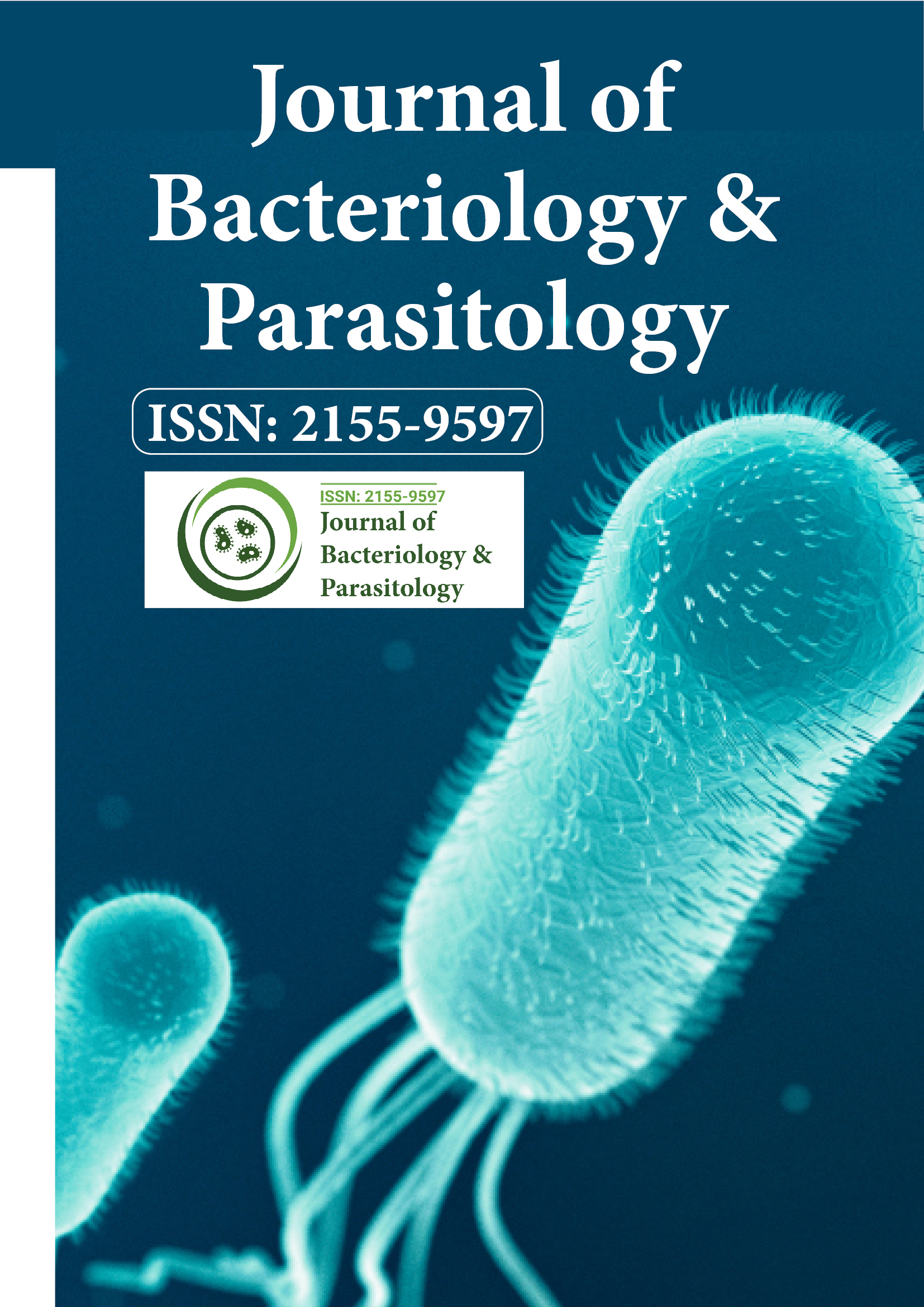зҙўеј•дәҺ
- жү“ејҖ J й—Ё
- Genamics жңҹеҲҠжҗңзҙў
- еӯҰжңҜй’ҘеҢҷ
- жңҹеҲҠзӣ®еҪ•
- з ”з©¶еңЈз»Ҹ
- д№Ңе°”йҮҢеёҢзҡ„жңҹеҲҠзӣ®еҪ•
- и®ҝй—®е…ЁзҗғеңЁзәҝеҶңдёҡз ”з©¶ (AGORA)
- з”өеӯҗжңҹеҲҠеӣҫд№ҰйҰҶ
- еҸӮиҖғжҗңзҙў
- е“Ҳе§ҶиҫҫеӨ§еӯҰ
- дәҡеҲ©жЎ‘йӮЈе·һEBSCO
- OCLC-WorldCat
- SWB еңЁзәҝзӣ®еҪ•
- иҷҡжӢҹз”ҹзү©еӯҰеӣҫд№ҰйҰҶ (vifabio)
- жҷ®еёғйҡҶж–Ҝ
- зұідәҡе°”
- ж—ҘеҶ…з“ҰеҢ»еӯҰж•ҷиӮІдёҺз ”з©¶еҹәйҮ‘дјҡ
- 欧жҙІй…’еҗ§
- и°·жӯҢеӯҰжңҜ
жңүз”Ёзҡ„й“ҫжҺҘ
еҲҶдә«жӯӨйЎөйқў
жңҹеҲҠдј еҚ•

ејҖж”ҫиҺ·еҸ–жңҹеҲҠ
жҠҪиұЎзҡ„
еҹғеЎһдҝ„жҜ”дәҡдёңе“ҲжӢүзӣ–е“ҲжӢү马дәҡең°еҢә家养еҸҚеҲҚеҠЁзү©иңұиҷ«ж„ҹжҹ“и°ғжҹҘ
Tsegaw DesalegnгҖҒдәҡдјҜжӢүзҪ•·иҙ№е…ӢйІҒе’Ң Surafel Kasaye
еңЁеҘҘзҪ—зұідәҡе·һдёңе“ҲжӢүе°”зӣ–е“ҲжӢүзҺӣдәҡеҢәзҡ„йҳҝд»Је°”гҖҒе·ҙзү№гҖҒеӣҫеҗүеҠ жҜ”иҗЁе’ҢдјҠжі•еҘҘзҪ—зұідәҡе°Ҹжқ‘пјҢиҝӣиЎҢдәҶдёҖйЎ№и°ғжҹҘпјҢд»ҘзЎ®е®ҡиңұиҷ«ж„ҹжҹ“зҡ„жөҒиЎҢзЁӢеәҰпјҢ并иҜҶеҲ«е®¶е…»еҸҚеҲҚеҠЁзү©пјҲзүӣгҖҒзҫҠе’ҢеұұзҫҠпјүдёӯзҡ„иңұиҷ«з§Қзұ»гҖӮиңұиҷ«зҡ„收йӣҶе’ҢиҜҶеҲ«е·ҘдҪңдәҺ 2013 е№ҙ 11 жңҲиҮі 2014 е№ҙ 3 жңҲиҝӣиЎҢгҖӮжүҖжңүеҸҜи§Ғзҡ„жҲҗе№ҙиңұиҷ«дёӘдҪ“еқҮд»Һ 265 еӨҙзүӣзҡ„еҚҠиә«йғЁеҲҶд»ҘеҸҠ 198 еҸӘзҫҠе’Ң 150 еҸӘеұұзҫҠзҡ„е…Ёиә«йғЁеҲҶ收йӣҶгҖӮеҸ‘зҺ°зүӣгҖҒзҫҠе’ҢеұұзҫҠзҡ„иңұиҷ«ж„ҹжҹ“жөҒиЎҢзҺҮеҲҶеҲ«дёә 25.23%гҖҒ10.1% е’Ң 10%гҖӮжң¬з ”究дёӯеҸ‘зҺ°зҡ„жңҖдё°еҜҢзҡ„иңұз§ҚжҳҜи„ұиүІзүӣиңұпјҲ47.8%пјүгҖҒжқӮиүІиҠұиңұпјҲ28.4%пјүе’Ңе®қзҹіиҠұиңұпјҲ12.48%пјүпјҢе…¶ж¬ЎжҳҜеӨ§еӨҙжүҮеӨҙиңұпјҲ9.3%пјүе’ҢеӨ–жқҘжүҮеӨҙиңұпјҲ2.02%пјүгҖӮеңЁз ”究еҢәеҹҹеҶ…пјҢеӨ–жқҘжүҮеӨҙиңұжҳҜеңЁзүӣе’ҢзҫҠиә«дёҠи§ӮеҜҹеҲ°зҡ„е°Ҹз§Қзұ»иңұпјҢеңЁеұұзҫҠиә«дёҠжІЎжңүеҸ‘зҺ°иҝҷз§ҚиңұгҖӮеӨ§еӨҙжүҮеӨҙиңұд»…еңЁзүӣиә«дёҠи§ӮеҜҹеҲ°пјҢеңЁз»өзҫҠе’ҢеұұзҫҠиә«дёҠжІЎжңүеҸ‘зҺ°иҝҷз§ҚиңұгҖӮиңұж„ҹжҹ“зҺҮеңЁдёҚеҗҢз§Қзұ»е’Ңе№ҙйҫ„д№Ӣй—ҙзҡ„е·®ејӮжңүз»ҹи®ЎеӯҰж„Ҹд№үпјҲX2=25.143пјҢP=0.000е’ҢX2=21.806пјҢP=0.000пјүпјҢдҪҶжҖ§еҲ«гҖҒе“Ғз§ҚгҖҒең°зӮ№е’Ңиә«дҪ“зҠ¶еҶөд№Ӣй—ҙзҡ„е·®ејӮдёҚе…·жңүз»ҹи®ЎеӯҰж„Ҹд№үпјҲP>0.05пјүгҖӮжҲҗе№ҙйӣ„жҖ§иңұзҡ„ж•°йҮҸеӨҡдәҺжҲҗе№ҙйӣҢжҖ§иңұпјҢдҪҶжө…иүІзүӣиңұйҷӨеӨ–пјҢе®ғ们еҜ№е®¶е…»еҸҚеҲҚеҠЁзү©зҡ„зҡ®жҜӣйҖ жҲҗдёҘйҮҚжҚҹе®іпјҢд»ҺиҖҢеҮҸе°‘еӣҪ家зҡ„еӨ–жұҮ收е…Ҙпјӣе®ғ们иҝҳдј ж’ӯиңұдј з–ҫз—…пјҢеӣ жӯӨеә”еңЁеӣҪ家жҲ–ең°еҢәеұӮйқўеҲ¶е®ҡе’Ңе®һж–Ҫжңүж•Ҳзҡ„иңұжҺ§еҲ¶и®ЎеҲ’гҖӮ